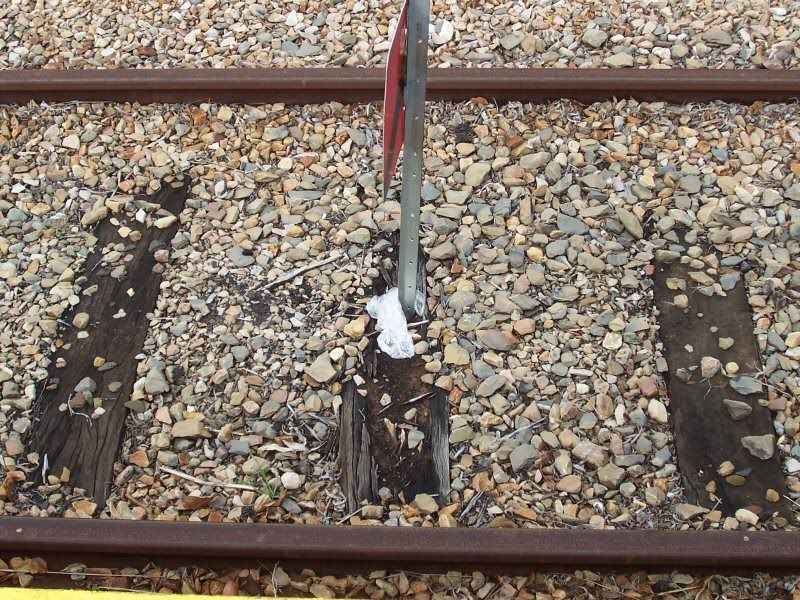Simple: now that the new bridge is open, there's not so much traffic through the streets of Port Adelaide, and it doesn't need four lanes on the Jervois Bridge. So it could be confined to the southern 2 lanes, with the tramway taking over the northern half of the bridge.monotonehell wrote:Yes I have looked at your plans for the line. Street running light rail would have some benefits, if it would fit into the narrow streets there. But, I didn't mention it at the time as it was moot, I didn't see how you intended to get a light rail line over Jervois Bridge and then turn 90 degrees and come back down in elevation to align with Causeway road without a new bridge alongside the existing one, at great expense and considering the new maina development under the bridge there.Aidan wrote:No, the line would be far better without that bridge and station. Street running through the centre of Port Adelaide would be a much better option. Did you ever see the file my .sig links to? I explained it in more detail there.
...
Unfortunately the DTEI don't think the line's suitable for conversion to light rail. Hence the idiotic plan for the dual voltage tram trains. I suspect it's only a matter of time before this is dropped in favour of heavy rail only.
A new ramp up would then be constructed where the railway now is, with a diversion via Semaphore enabling services to continue during the closure. Afterwards the Semaphore diversion would become a loop.
The reason to change it to light rail is that it could better penetrate the centre of Port Adelaide (an extremely important destination for Lefevre Peninsula commuters) and have more stops beyond Taperoo (where the ratio of passengers using the station to passengers on the train is higher than elsewhere.With regard to the line's future status, I understood that the high cost to revenue of that line was the reason for the desire to change it to lightrail. Looks like the number crunching didn't add up.
The DTEI people seem to think cost is a good reason to stick with heavy rail. But light rail does not have to be that expensive, and can certainly be constructed for less than they envisaged.




